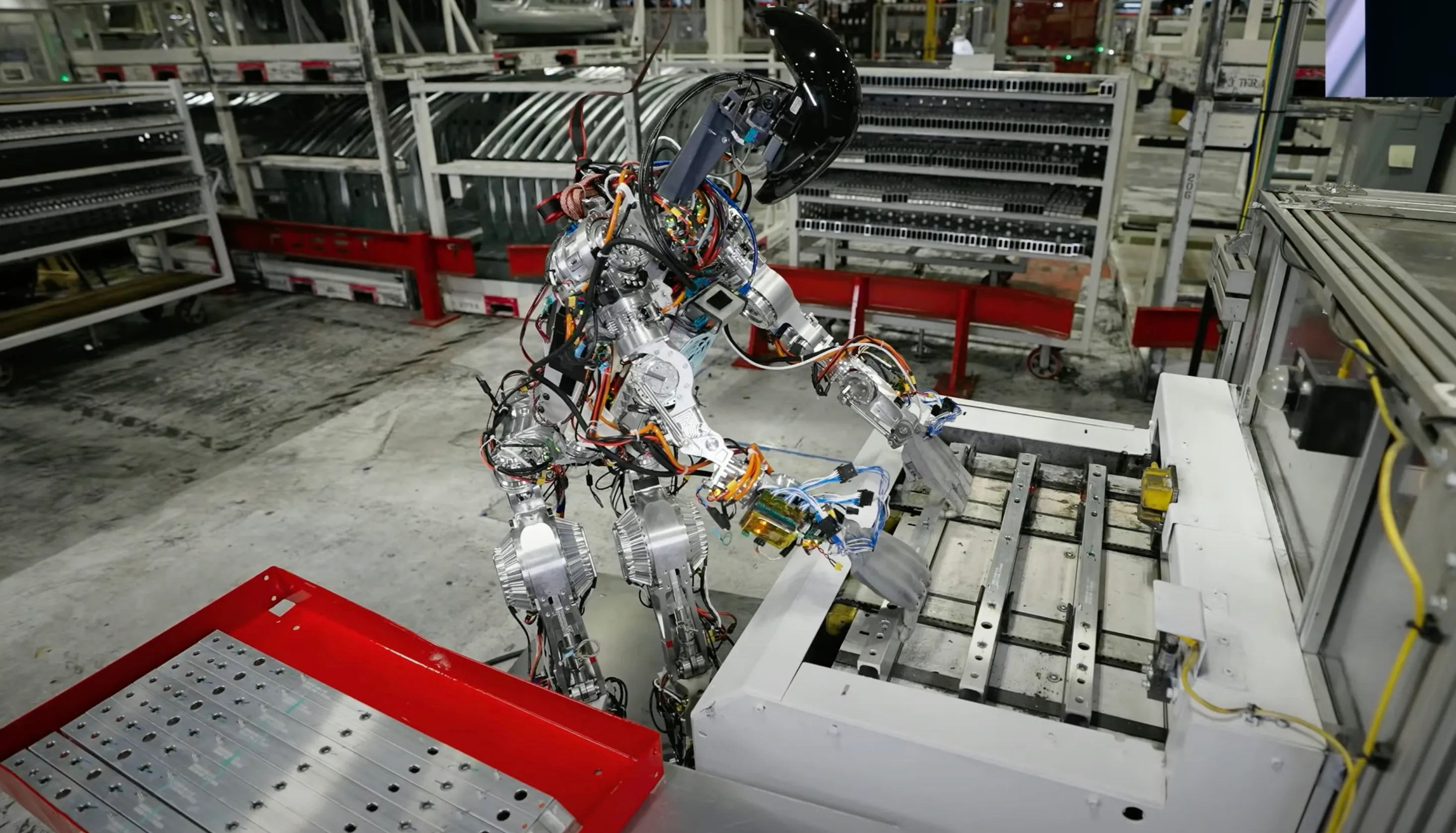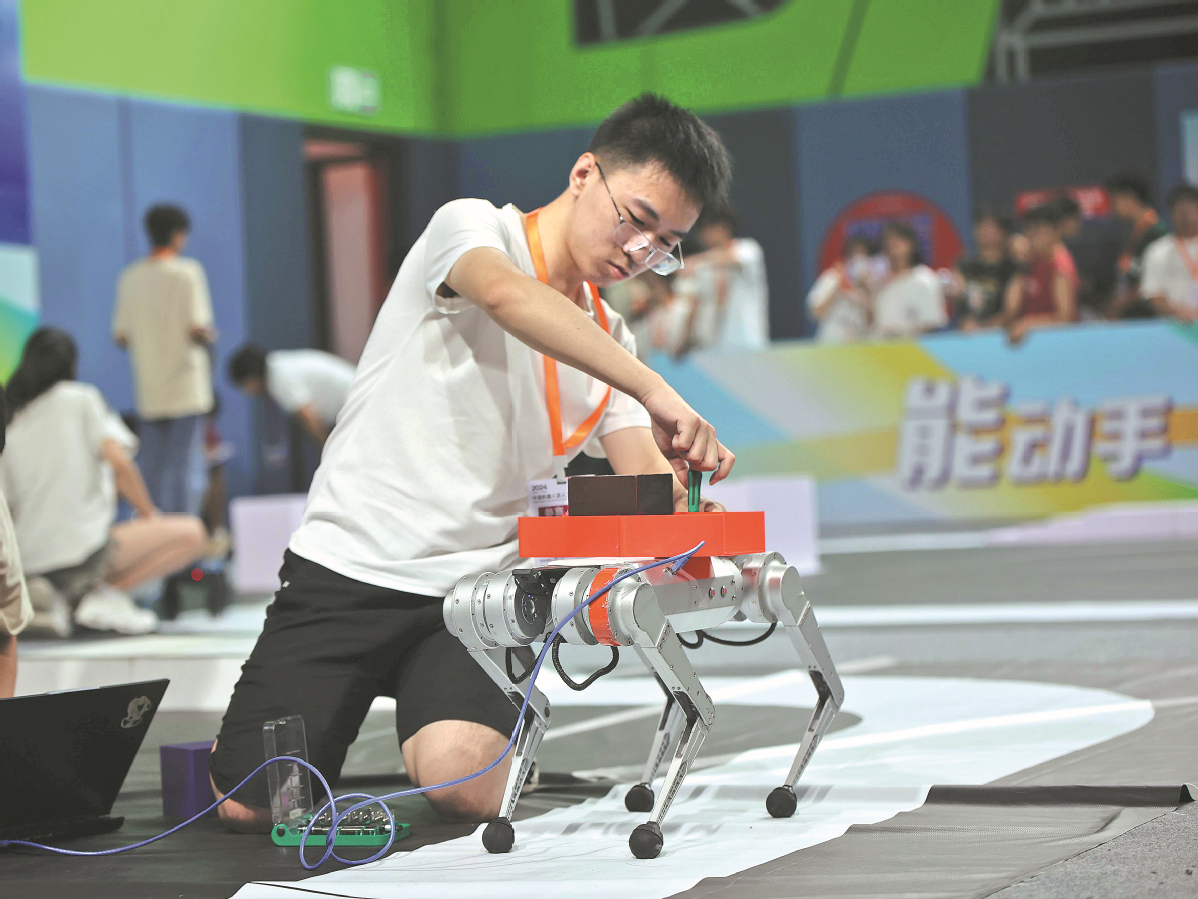AGP China Technology Report - Edge Computing & Onboard Processing
Table of Contents
Page Section
03 Technology Overview
06 Historical Development Timeline
08 Product Differentiation
12 China Technology Ecosystem
15 Sino-Foreign Collaboration
20 Common Applications In China
27 Government Policy Support
30 Impact On Market Incumbents
32 Final Conclusion
32 Appendices
1.1 Global Snapshot
Edge Computing and Onboard Processing in Robotics
Edge computing enables data processing closer to the data source, crucial for real-time robotic applications. Onboard processing involves equipping robots with capabilities to perform computations locally, reducing latency and dependency on cloud connectivity.
Key Technologies
- Edge AI Processors: Specialized chips that perform AI tasks on the device, minimizing latency and improving response times.
- Real-Time Operating Systems (RTOS): Manage hardware resources and task execution under strict timing constraints, essential for robotic operations.
- Sensor Fusion Algorithms: Integrate multiple sensor data streams to improve perception and decision- making.
- Communication Protocols: Standards like Time-Sensitive Networking (TSN) ensure deterministic data exchange crucial for synchronized robotic actions.
Global Benchmarks
- Boston Dynamics' Spot: Features onboard processing for autonomous navigation across varied terrains.
- NVIDIA's Jetson Platform: Powers numerous robotic applications with real-time processing capabilities.
Market Size and Growth
The global edge computing market was valued at approximately USD 23.65 billion in 2024, expected to reach USD 327.79 billion by 2033, with a CAGR of 33.0%. This growth is driven by IoT proliferation and the demand for real-time processing in robotics and other sectors.
1.2 China Snapshot
Market Position and Domestic Capabilities
China stands as a significant player in edge computing within robotics, supported by a strong manufacturing ecosystem and investments in AI technologies.
Leading Firms and Deployments
- Huawei: Provides edge computing solutions for diverse industrial applications, including robotics.
- DJI: Utilizes onboard processing in drones for autonomous operation and data analysis.
These technologies are deployed in logistics, manufacturing, and public safety, showcasing versatility and efficiency.
National Policies and Industrial Targets
China's "Made in China 2025" plan underscores the significance of edge computing in intelligent manufacturing, promoting technology integration in industrial applications.
Cost-Performance Edge and Application Scaling
China's competitive advantage lies in producing high-performance components cost-effectively, facilitating rapid application scaling across industries such as autonomous vehicles and smart manufacturing systems.
Role in Advancing New Productive Forces
Edge computing and onboard processing in robotics align with China's strategy to develop "new productive forces" (新质生产力), enhancing industrial efficiency and economic transformation.
Link to Demographic Shifts and National Goals
These technologies address labor shortages amid demographic changes, supporting elder care and healthcare, and are crucial for achieving smart factory and logistics automation objectives.
Policy Relevance and Tech-Industry Integration
Government support for these technologies highlights their strategic importance, promoting deeper integration between the tech industry and economic sectors.
1.3 Market Size
Global and China-Specific Market Estimates
The global edge computing market is projected to grow from USD 23.65 billion in 2024 to USD 327.79 billion by 2033, at a CAGR of 33.0%. China's market is expanding due to tech infrastructure investments and a focus on industrial automation.
Growth Scenarios
- High Growth: Driven by rapid AI and IoT advancements and supportive policies.
- Medium Growth: Steady increase through gradual tech integration and moderate policy backing.
- Low Growth: Slower adoption due to tech challenges and limited policy incentives.
5-Year CAGR Estimates
- Global: 33.0% (2025-2033)
- China: Reflects global trends, with significant growth expected.
Market Breakdown
- By Application Domain: Industrial IoT, autonomous vehicles, smart cities, healthcare.
- By Customer Segment: Enterprises, SMEs.
- By Geography: North America, Europe, Asia-Pacific (China as a key contributor), Latin America, MiddleEast, and Africa.
AGP Insights
Download PDF.
Your PDF report was sent successfully to your inbox!
Related Insights.











